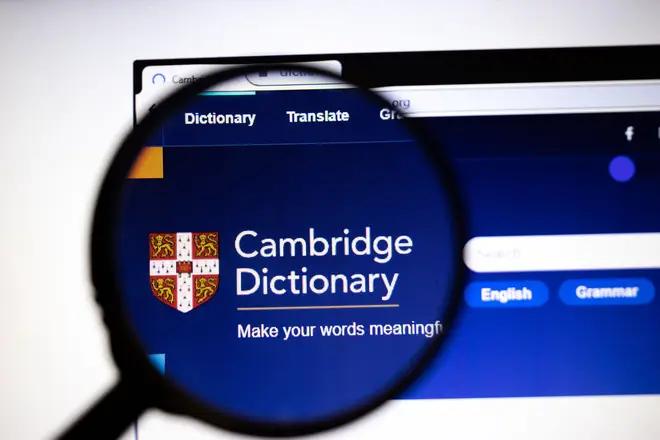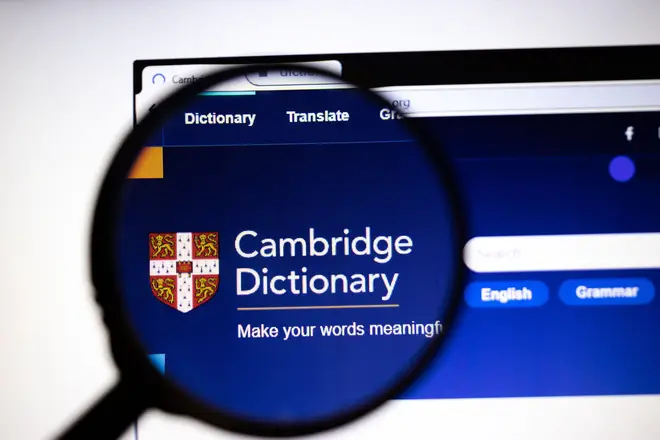
James O'Brien 10am - 1pm
13 December 2022, 14:42 | Updated: 13 December 2022, 14:49

Cambridge Dictionary has made an update to its definitions of ‘woman’ to include anyone who 'identifies as female', irrespective of their sex at birth.
It now states that, as well as definitions including an “adult female human being”, a woman can also be defined as “an adult who lives and identifies as female though they may have been said to have a different sex at birth”.
The site offers the examples: “Mary is a woman who was assigned male at birth.” and “She was the first trans woman elected to a national office”.
In July, Merriam-Webster added a new supplementary definition for 'female', which defines it as “having a gender identity that is the opposite of male”.
Dr Jane Hamlin, the president of Beaumont Society charity which supports trans and gender non-conforming communities said the most recent update was: “such good news".
Read more: Rail strikes: Full A-Z of each train operator's services on strike days
She told The Telegraph: “There has been so much misinformation and rubbish written about definitions of ‘man’ and ‘woman’ lately, but these definitions are clear, concise and correct. Congratulations to the Cambridge Dictionary team!”
But, Maya Forstater, executive director of campaign group Sex Matters, said: “The primary dictionary definition remains adult human female and male. This is also the legal definition, and the one most people understand.
“People have always used words in different ways and the dictionary reflects that.”
The definition of ‘man’ has also been updated.
In addition to definitions including “an adult male human being” and “the human race”, it says a man is: “an adult who lives and identifies as male though they may have been said to have a different sex at birth”.
Two examples are provided: “Mark is a trans man (= a man who was said to be female when they were born)” and “their doctor encouraged them to live as a man for a while before undergoing surgical transition”.

A spokesperson for the Cambridge Dictionary said: “Our editors made this addition to the entry for woman in October.
“They carefully studied usage patterns of the word woman and concluded that this definition is one that learners of English should be aware of to support their understanding of how the language is used.
"The first definition at the entry for woman remains unchanged and continues to be ‘an adult female human being’.
“Our dictionaries are written for learners of English and are designed to help users understand English as it is currently used.
"They are compiled by analysing a large corpus of English texts (over two billion words in total) taken from all areas of writing and publishing, which allows us to see exactly how language is used.
“We regularly update our dictionary to reflect changes in how English is used, based on analysis of data from this corpus.”